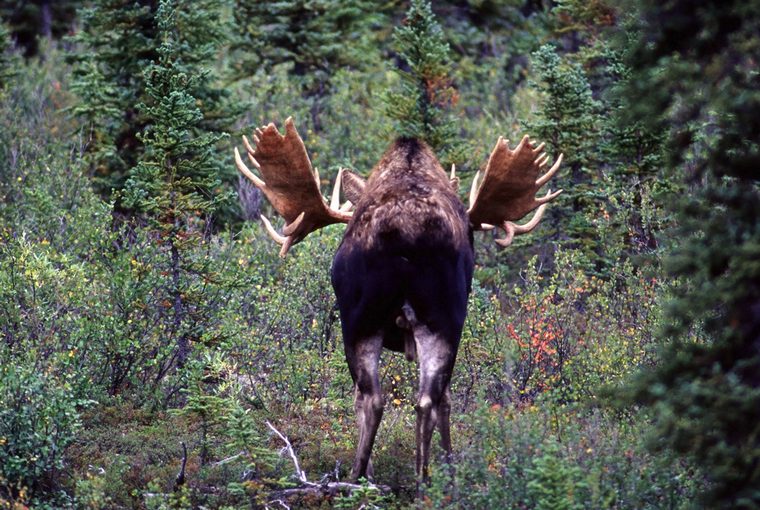Moose poop needed for nutrition study

A Nipissing University researcher has put a call out for moose scat samples for a graduate student project that will compare the nutritional chemistry of moose forage in Newfoundland and Ontario.
Researcher Peter Nosko, a professor in Nipissing’s Department of Biology and Chemistry, has been working on moose research for 15 years. Much of this has been in Newfoundland’s Gros Morne National Park, where moose densities are much higher, and where he discovered moose are consuming a lot of balsam fir.
“In general, balsam fir aren’t as tasty to moose as deciduous trees,” he said, further explaining this doesn’t occur a lot elsewhere.
Balsam fir sought
The situation in Gros Morne had reached the point prior to a cull that new balsam fir growth was limited due to moose browsing. Subsequent research found 90% of moose across Newfoundland consume balsam fir, but only 15% elsewhere. The only exception to this is Cape Breton Island in Nova Scotia.
“If they can get in a grove of balsam fir, they don’t have to walk as far in the deep snow,” Nosko said. “On the mainland, it’s also good to hide from predators.”
Nosko also raised the possibility that the consumption of balsam fir may produce chemicals in the moose that discourages attacks from both mammalian and insect predators.
Droppings compared
To further this research, Nosko is comparing the chemistry of moose droppings between Ontario and Newfoundland.
“It’s just another tool we have to look at the nutritional ecology of moose without chasing them down and sticking things in them,” he said.
Nosko would like samples from different parts of Ontario taken through the seasons. For more information on how to assist, contact him at petern@nipissingu.ca. He asked those interested to contact him before starting to collect samples.
